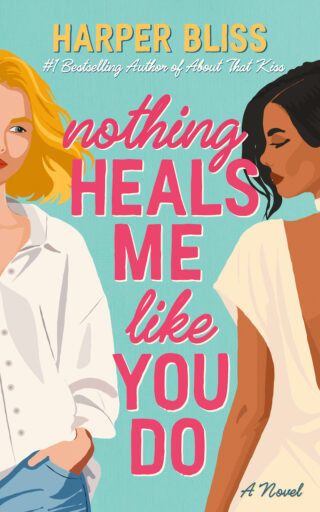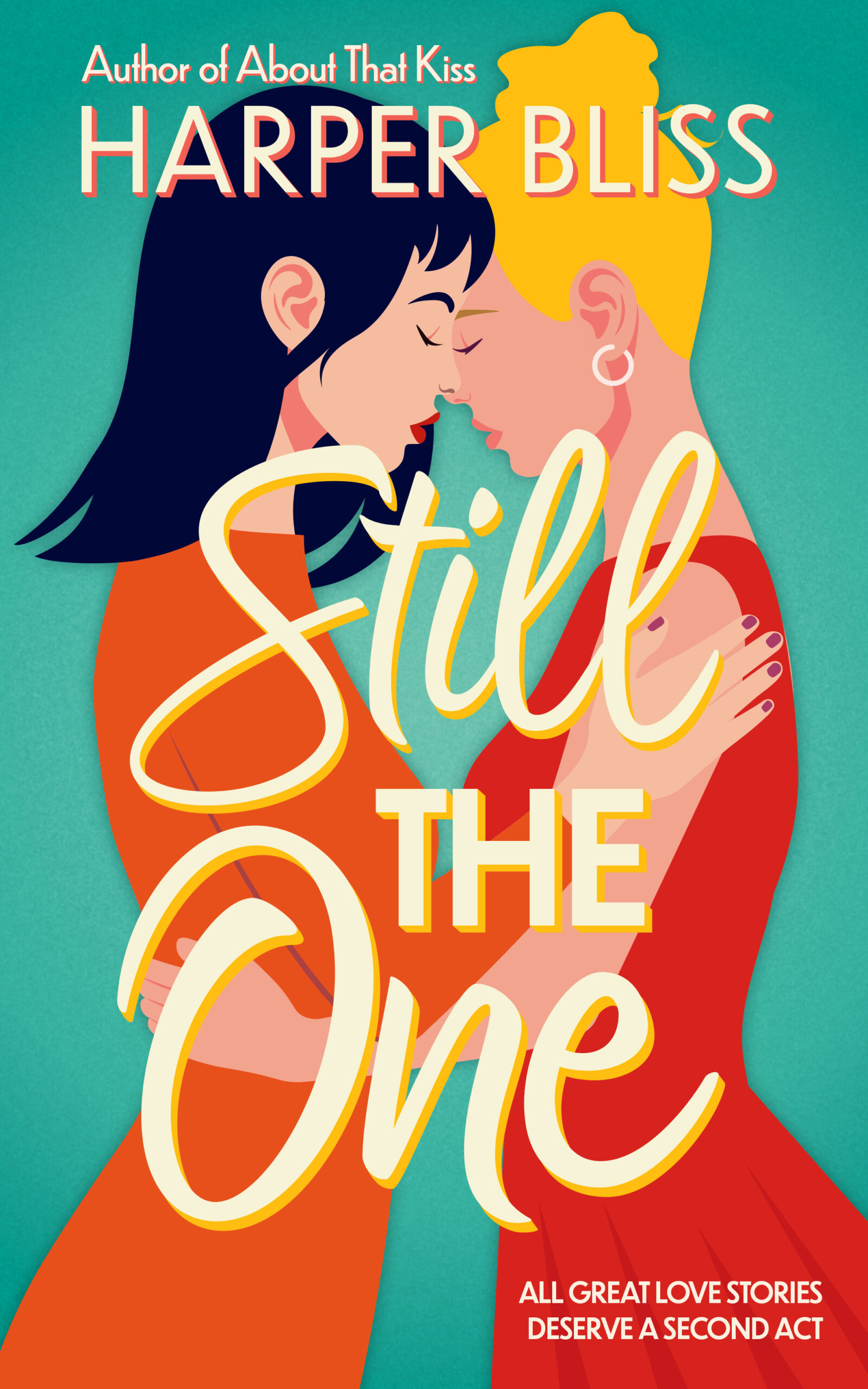Why A Happily Ever After Is So Important in Sapphic Romance

I still get so many messages from readers saying they can’t believe sapphic romance with a happy ending exists. As in: two women fall in love, face some obstacles, work through them, and—gasp!—get to be together and happy by the final page.
At first, I was baffled. Then I remembered: for a long time, that kind of story simply didn’t exist. Or if it did, it was the exception rather than the rule.
But happily ever afters matter. Especially in sapphic romance. And here’s why.
Because We’ve Had Enough Tragic Endings
For decades (centuries, really), queer love stories were synonymous with heartbreak. If two women fell for each other, you could bet one of them wouldn’t make it to the end. Or, if they both survived, they’d come to their senses and marry men, forever labeling their love an “experiment.”
Even in recent years, mainstream media still loves to kill off queer women for the sake of drama.
Sapphic romance with a happily ever after is a direct response to that legacy. It says: we deserve joy, we deserve love, and we deserve to see ourselves thriving.

Because Hope Is Powerful
It’s easy to say, “Well, life isn’t always happy, so why should fiction be?”
To which I respond: "Exactly!"
Life is unpredictable. Hard. Messy. Sometimes unfair. That’s precisely why we need stories that remind us happiness is possible. That love can last. That two women can navigate all the external nonsense—the doubts, the societal pressures, the past wounds—and still choose each other.
Hope isn’t naive. It’s necessary.
Nothing Heals Me Like You Do is all about love, healing, and that sweet happily ever after...
Because Representation Shapes Reality
Stories don’t just reflect the world; they help shape it.
When we see something depicted over and over, we start to internalize it. If the only sapphic love stories available are tragic, it reinforces the idea that real-life queer relationships are doomed.
But when we have a wealth of romances that end in love, commitment, and happiness—that changes things. It sends a different message: this is normal. This is real. This can be yours, too.
And if someone picks up a sapphic romance and, for the first time, sees a future for themselves that doesn’t end in heartbreak? That’s powerful.
Still The One is proof that love deserves a second chance—and a sapphic happily ever after.
Because It Feels So Damn Good
Let’s be honest—there’s something deeply satisfying about reaching the final chapter of a book and knowing the characters you’ve fallen in love with are going to be okay. That all the tension, all the longing, all the will-they-won’t-they angst was worth it because, in the end, they do.
That’s why I write happily ever afters. Every time. No exceptions. Not because I don’t believe in realism, but because I believe in giving us what we’ve been denied for too long.
And judging by the messages I still get—where readers are genuinely surprised to find sapphic love stories that end in joy—it’s clear we still need them.
So I’ll keep writing them. I hope you keep reading them. And together, we’ll keep proving that love between women doesn’t just deserve a happy ending.
It is the happy ending.
And just so we're clear—you’ll always get one in my books. That’s a promise. 💕
❤️🧡💛💚💙💜


